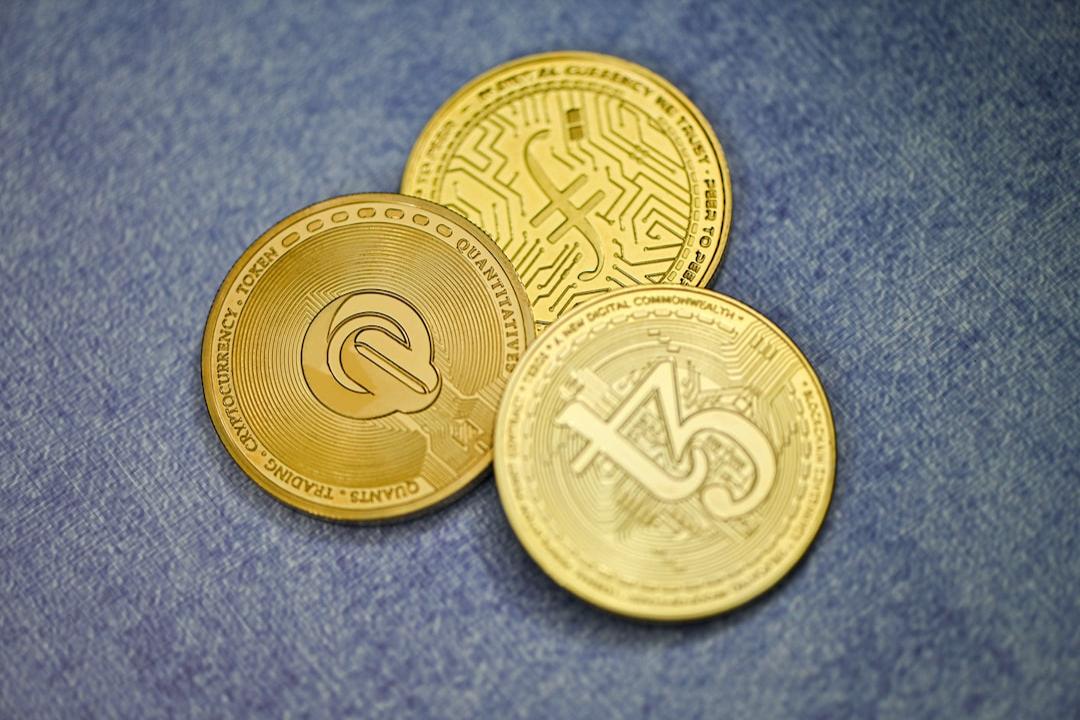Opinion: The Era of rAlts Is Here—And It’s Time to Call Out the Pretenders
The Meme vs. Altcoin Debate
Cryptocurrency is gaining popularity once again. Bitcoin (BTC) is experiencing a surge, and you’re now receiving messages from friends and family asking how they can invest as soon as possible. These are the same people who were concerned about your involvement in cryptocurrency a few years ago. This renewed interest has brought the debate between “meme coins” and altcoins (alternative cryptocurrencies) to the forefront of discussions among industry leaders and Chief Investment Officers (CIOs) of major funds.
Altcoin purists argue that meme coins have no intrinsic value and will disappear when the market cools down. Meme advocates, on the other hand, claim that altcoins are just meme coins with fancy technology, disguising their exploitative economic models. The truth is that both of these perspectives are flawed when expressed in a binary manner. There are, and will continue to be, meme tokens that create genuine communities. In a way, these tokens can be seen as next-generation Non-Fungible Token (NFT) projects, but with a more egalitarian approach. It is equally true that there are outstanding altcoin projects with genuine intentions, value, and successful implementation. There is a lot to unpack here.
Hype Over Substance: The Problem with Many Altcoins
To find the answer, we must honestly ask ourselves, “Is the altcoin market simply a meme market disguised in technological jargon?” Meme advocates would have you believe this is the case, and to some extent, there is truth in that perspective. There are numerous projects in the space that prioritize hype over substance, where short-lived narratives overshadow long-term utility. However, reducing the entire altcoin market to “meme coins with tech labels” is an oversimplification that misses the bigger picture. Not all alt projects are shallow imitations; some are genuinely innovative ventures laying the foundation for the next wave of blockchain-based advancements.
Nevertheless, it cannot be denied that the altcoin market is flooded with bad actors. Many projects launch with inflated valuations, set up limited circulating supplies to create artificial demand, and invest more in public relations than in delivering real value. These projects strive to grab headlines rather than create case studies. The focus on attracting attention instead of building substance leads to projects that prioritize a “narrative market fit” rather than a “product market fit.” Their goal is to tell a compelling story rather than solve real-world problems.
As the founder of a blockchain project, I have witnessed this phenomenon up close. The reality is striking: too many projects allocate minimal resources to developing solid fundamentals, instead focusing on community building and token marketing. They prioritize hype cycles and social media trends, hoping to ride the wave of investor enthusiasm without prioritizing the development of technology that provides tangible utility.
These are precisely the types of projects that meme coin advocates refer to as Ponzi schemes targeting venture capital funds and project founders. They criticize and condemn the early discounts offered to insiders, claiming that these coins are just memes in disguise. In many cases, they are correct.
For the past four years, innovation in Web3 has faced significant challenges within the traditional business ecosystem, with government regulations often hindering progress rather than promoting it. This environment inadvertently allowed unscrupulous projects, lacking genuine ambitions to bring valuable products to market, to take the spotlight. Regulatory uncertainty created a space where speculators could dominate, overshadowing legitimate innovation.
However, we are now at a turning point where traction and fundamentals will matter. This shift will be driven by projects that prioritize real technology, transparency, and principles over marketing gimmicks. These projects are not just tokens; they are supported by communities, users, developers, and teams genuinely committed to building valuable platforms that solve real-world problems. They are also making significant efforts to attract developer ecosystems and foster communities that value substance over flash.
The Era of rAlts: What Sets Them Apart
It is time to distinguish the valuable projects from the charlatans. The era of “rAlts” has arrived. These are mature and decentralized alt projects with tokens that hold intrinsic value, sustainable tokenomics, and the ability to navigate markets with liquidity and strong fundamentals. These rAlt projects don’t just make empty promises; they deliver measurable progress, foster meaningful collaborations, and position themselves to make a lasting impact. In the coming years, it will be these projects that stand out as the true leaders in the altcoin space, bridging the gap between blockchain technology and practical, real-world applications.
The rise of rAlts is not just a passing trend; it represents a movement toward a more sustainable and impactful cryptocurrency landscape. Crypto experts, developers, and the general public should take note, as these are the projects that will shape the future.

